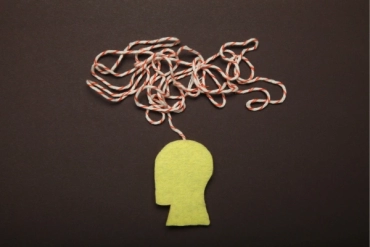TEACCH Approach
What Is The TEACCH Approach?
Heya, teach! Aptly named, the TEACCH approach is tailored to the education and intervention of children with autism and other developmental needs. TEACCH stands for Treatment And Education of Autistic And Related Handicapped Children, based at the University of North Carolina.
What Are The Key Principles Of The TEACCH Approach?
Structure And Predictability
Children with autism may struggle with routine changes and transitions.
Hence, the TEACCH Approach uses:
- Consistent routines
- Visual schedules (e.g. to-do lists / timetables)
- Clearly defined activity areas
to provide children with autism with a sense of security, structure and organisation.
Individualised Learning
ONE recognises that each child has their own unique needs and learning styles. So, we make sure that our activities are tailored to address a child’s specific goals and skill levels.
Read more about our individualised learning plans here.
Visual Communication
The TEACCH approach emphasises communication beyond the usual academic curriculum of read-and-write. For example, the TEACCH approach utilises:
- Pictures / Symbols / Photographs
- Objects
- Visual Schedules
This enhances the understanding of our students – especially for those who are more visual learners.
Physical Structure
The TEACCH approach is designed to provide clear boundaries and structure for our students. Hence, the learning environment is carefully curated to best suit each child. Ideally, the environment will:
- Minimise distractions
- Promote independent learning
Positive Reinforcement
ONE focuses on rewarding and acknowledging desired behaviours. This could be in the form of toys, food or other treats. The goal of doing so is to:
- Motivate children
- Build confidence
What Are The Benefits Of The TEACCH Approach?
Reduced Anxiety
A key characteristic of autism is the individual engaging in restrictive and repetitive behaviours, according to the Kennedy Krieger Institute.
Hence, the structured and predictable environment fostered by the Approach can greatly calm students and provide them with a sense of security.

Improved Communication
The Approach uses visual supports such as pictures and timetables to schedule activities for students. This emphasis on alternative forms of communication methods can strengthen the child’s communication skills.
Hence, they will be better able to express their wants and needs.

Enhanced Independence and Self-Esteem
The clear structure and routine of the Approach encourages independent learning. Over time, our students learn to
- Navigate their environment
- Complete tasks with less reliance on adult assistance
- Develop a sense of accomplishment
All of which boosts their self-esteem and confidence.

Increased Social Interaction
The TEACCH Approach is structured such that children will have opportunities to play with their peers. This allows them to practise their social skills and learn how to befriend others. Plus, it’s fun!

Improved Learning Outcomes And Motivation
Through individualised learning and targeted interventions, the Approach succeeds in improving various developmental areas. Additionally, the predictable structure allows the child to feel a sense of mastery over their routine.
This increases their motivation to learn and participate in activities.

Too Long, Didn’t Read?
That’s fine! Basically, the TEACCH Approach provides a valuable framework that supports children with autism and other developmental needs. It creates a structured, predictable and visually rich environment.
This empowers children to learn, thrive and develop a wider range of skills.
For more information, check out:
🔗 The University of North Carolina’s TEACCH Programme
And for more information about the other learning strategies that ONE uses, click here now!
